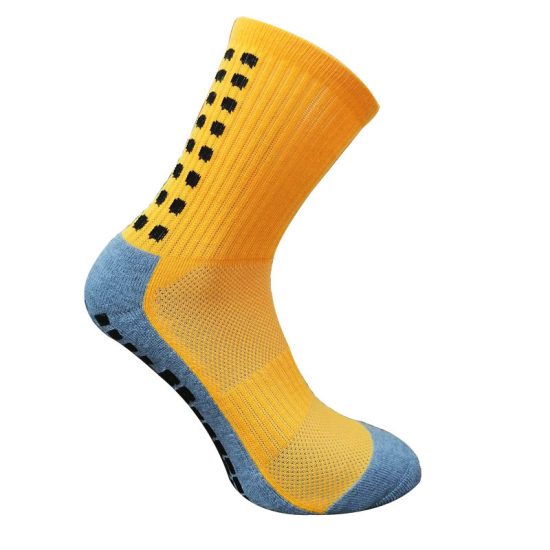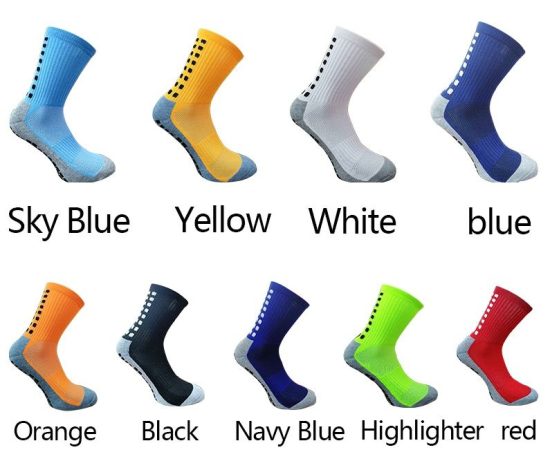Socks have a long and fascinating history, dating back to ancient times. Here’s a brief overview of the evolution of socks:
- Ancient Times: The earliest known evidence of socks dates back to ancient Egypt, around 300-500 CE. Egyptians wore socks made of animal skins or woven fabrics, serving as protection for their feet and providing warmth.
- Ancient Greece and Rome: The ancient Greeks and Romans also wore socks, known as “udones” or “udonesia.” These were typically made of animal hair or woven fabrics like wool. Socks were primarily worn by the wealthy and were considered a luxury item.
- Medieval Europe: Socks in medieval Europe were predominantly made of wool and were commonly referred to as “leggings” or “stockings.” They were often tied or held up with garters. Socks were handmade and time-consuming to produce, so they were mostly worn by the upper classes.
- Renaissance Period: In the 16th century, knitting techniques were introduced in Europe, revolutionizing the production of socks. Knitted stockings, known as “hose,” became popular, and specialized knitting guilds emerged. These stockings were worn by both men and women and were often intricately patterned and embellished.
- Industrial Revolution: The Industrial Revolution in the 18th century brought significant advancements in sock manufacturing. Machines were developed to automate the knitting process, allowing for mass production. This made socks more affordable and accessible to the general population.
- Modern Times: In the 20th century, socks became an everyday necessity and a fashion accessory. Synthetic materials like nylon were introduced, providing durability, stretch, and a variety of colors and patterns. Socks evolved to suit different activities, such as athletic socks for sports, dress socks for formal occasions, and casual socks for everyday wear.
Today, socks come in a wide range of materials, styles, lengths, and designs. They have become a prominent fashion statement, allowing individuals to express their personal style, preferences, and individuality through their sock choices. From basic essentials to fun and quirky designs, socks continue to play a vital role in both fashion and functionality.

